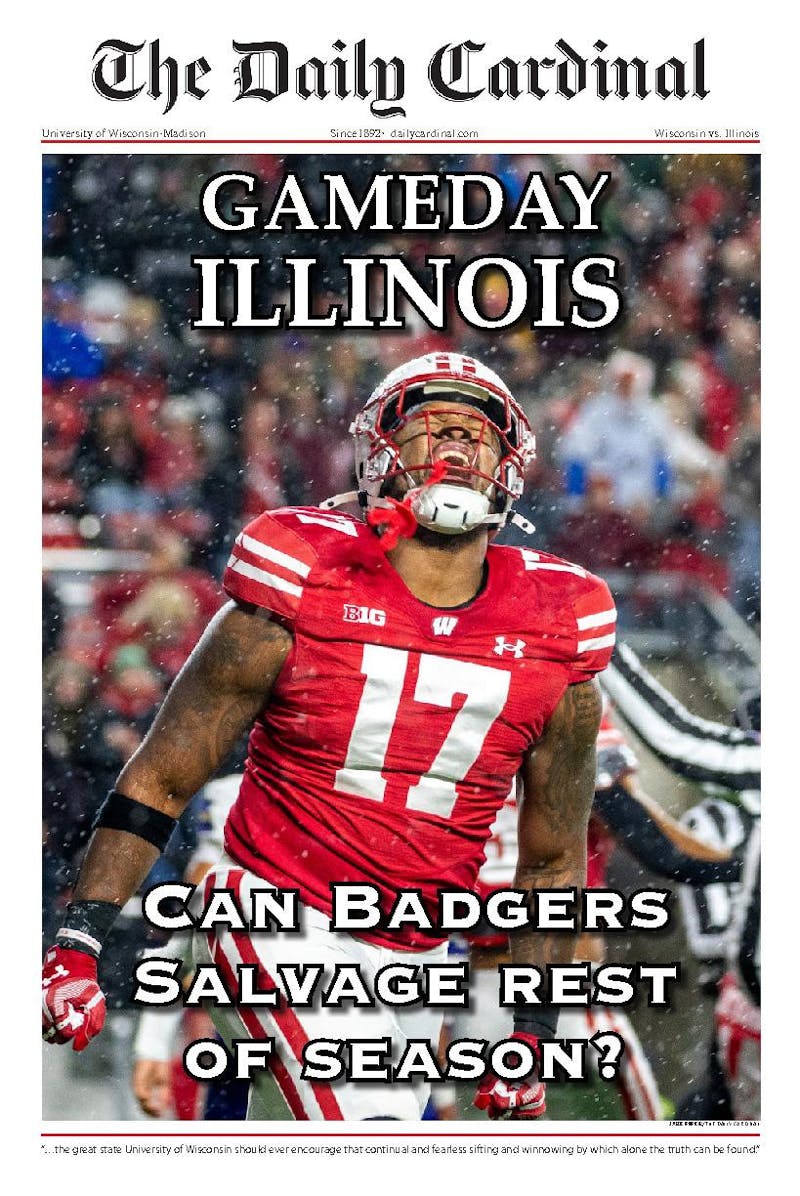What we eat on a regular basis is not dependent primarily on taste or price, but on culture. No matter how reasonably priced dog meat may be, very few people in the United States are going to make Rover burgers at a barbecue. In Germany, meaty deli sandwiches are a breakfast staple, but even Subway Jared couldn't be coaxed away from toast and scrambled eggs at 9 a.m. because that's what that former fatty was raised to eat.
Which makes one wonder, if we truly regard our preferences and our choices as individual and informed, shouldn't we start to open our worldview on the kinds of foods that can be eaten? And I don't mean hopping over to a Chinese buffet and sucking down more General Tso's chicken. I'm talking about reconsidering the basis of what we regard as fair game when it comes to breakfast, second breakfast, lunch and dinner.
So let's start with an obvious contender for the dinner plate—rhinoceros. We all see them stomping around day-in and day-out, and don't tell me you've never wondered what it would taste like to sink your teeth into their flesh. Not the tough hide, mind you, but the tender rhino meat inside. Too unruly of a beast to tame, you might say, flipping your hand in an attempt to pish-posh the whole matter.
But remember the cow. The cow was once the animal king of this earth. The cow galloped through the African savannah, charging and trampling those who dared oppose her. Until the Ice Age hit, forcing the cow to migrate to Wisconsin and become complacent and fat, he was a creature to be reckoned with.
And so by looking back on this history, we see that the rhinoceros can be tamed if we bring it to the Wisconsin plains and watch it gradually lose its strength to the mind-numbing effects of sports fanaticism and greasy foods. Then, instead of unfairly relying on the cow for most of our meat diet, we can spread the responsibility for feeding us around. Like Simon of Cyrene to Jesus, the rhino is compelled to help the cow carry its heavy cross.
But need these animals perish to satiate our stomachs? After all, in this age of medical wonders, why should an animal die just because we want a half pound of its muscle? When people are horribly burned in fires, we can take skin from their body and graft it onto their faces. And when a woman decides she wants to be a man, we take flesh from her arm and make a penis out of it.
So why couldn't we just extract some meat, one or two pounds perhaps, from hogs and bovines and allow them to keep on living? Sure, we get fewer steaks, but they will get to live. Seems like a fair trade, particularly given the amusing noises cows and pigs offer our ears. And once their bodies regenerate, we can take a few more pounds. Extracting meat from an animal could be seasonal, like shearing sheep.
Wisconsin could easily lead the way in this revolution, given we already have those weird cows with the holes through their bodies being used for medical research. Where did that meat go after it was cut out? Can anyone say ""beef stew""? I smell a future where omnivorous humans can live happily with animals whose flesh they like to gnaw on, where hand links with hoof in a worldwide chain of brotherhood.
Can animals survive if we're seasonally cutting fat out of their bodies, you ask. Come on—look at Kirstie Alley. You know the answer to that one.
Agree with Joe's innovative ideas, or do you want to slap him? E-mail him at jblynch@wisc.edu, and tell him what you think.





